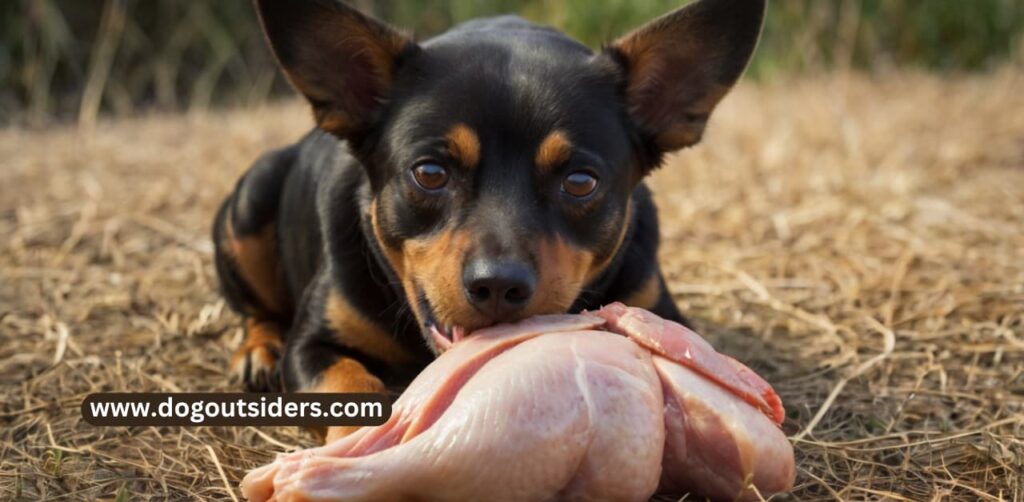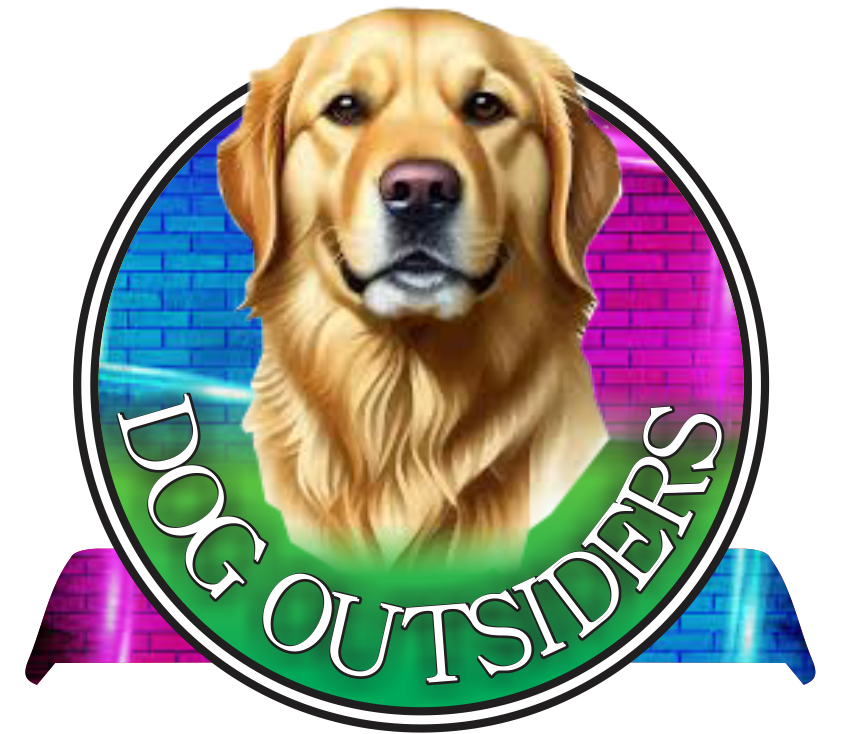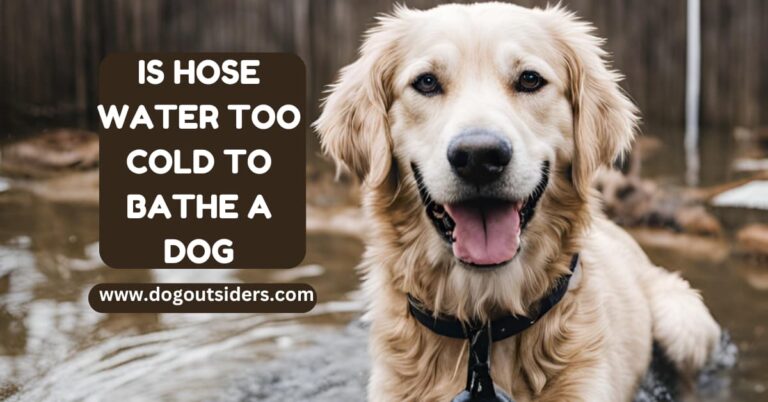I often hear the debate: can you give dog raw chicken as a treat to balance their diet? Some swear by it, claiming it’s a natural diet that boosts health with raw food meal plans and raw pet food. Others warn against it, citing risks like bacteria from raw chicken feet and bone splinters from whole chicken. It’s a tricky subject.
I’ve done my research and found that feeding raw chicken can have benefits, but it also comes with challenges. Understanding the right way to do it is crucial. I want to share what I learned about the pros and cons of raw chicken for dogs. This way, you can make an informed decision for your furry friend, whether it’s about raw pet food or a whole chicken. Let’s dive in and explore if this is the right choice for you and your pup.
Key Takeaways
- Dogs can eat raw chicken, but it’s important to follow safety guidelines to prevent any health risks.
- Always source high-quality, fresh chicken and handle it with care to reduce the chance of bacterial contamination.
- Feeding raw chicken can provide benefits like improved coat condition and increased energy levels for some dogs.
- Be aware of the potential risks, including exposure to harmful bacteria and an unbalanced diet if not managed properly.
- Implement best practices by gradually introducing raw chicken and monitoring your dog’s reaction to ensure it suits their needs.
- Understand the different chicken parts and their nutritional values to create a balanced raw diet for your dog
Can Dogs Eat Raw Chicken

Biological Makeup
Healthy dogs can digest raw chicken well. Their stomachs are designed to handle bacteria that can be present in raw meat. This ability comes from their ancestors, who ate raw prey. I’ve seen my dog thrive on a diet that includes raw chicken. It’s important to note that not all dogs are the same. Some may have sensitive stomachs or health issues that require caution.
Balanced Diet
Raw chicken should not be the only food in a dog’s diet. It needs to be part of a balanced meal plan. Other ingredients like vegetables, grains, and supplements are essential for overall health. A varied diet ensures dogs receive all necessary nutrients. I often mix raw chicken with other foods to keep my dog excited about meals. This variety also helps prevent nutritional deficiencies.
Affordable Protein Source
Raw chicken is an affordable source of protein for dog owners. Many people find it easier on their budget compared to commercial dog foods. Purchasing whole chickens or chicken parts can save money while providing quality nutrition. I often buy in bulk to get better deals. This approach not only benefits my wallet but also gives my dog wholesome meals.
Safety Considerations
Handling raw chicken requires care. Always wash your hands after touching it to avoid contamination. Use separate cutting boards for raw meat and other foods. This practice prevents cross-contamination and keeps everyone safe. My kitchen has a designated area for preparing my dog’s meals, which makes cleanup easier.
Health Benefits
Feeding dogs raw chicken can offer health benefits. It promotes healthy skin and coats due to its high protein content and fats. It supports strong muscles and energy levels, which is vital for active dogs. I’ve noticed increased energy in my dog since introducing raw chicken into her diet.
Risks Involved
Despite the benefits, there are risks associated with feeding raw chicken. Bacteria like Salmonella can pose dangers to both dogs and humans. It’s crucial to monitor your dog’s health closely when changing diets. If any signs of illness arise, consult a veterinarian immediately.
Raw Chicken Safety for Dogs

Sourcing Quality
Selecting top-notch raw chicken is essential for your dog’s health. Low-quality chicken may pose significant health risks. Whenever I can, I opt for organic or free-range chicken, as these options typically have lower levels of harmful bacteria and chemicals.
Raw chicken meat should come from reputable suppliers. Look for brands that maintain strict hygiene standards. This reduces the chance of contamination. Always check expiration dates and packaging integrity before purchase.
High-Pressure Processing
Using high-pressure processing (HPP) products can enhance safety. HPP neutralizes pathogens without affecting the nutritional value. This method involves applying high pressure to the food, killing harmful bacteria like Salmonella and E. coli.
Many pet food companies offer HPP raw dog food options. These products may include raw chicken legs, necks, or livers. They provide a safer alternative while still maintaining essential nutrients for dogs.
Monitoring Digestive Health
Transitioning to a raw dog diet requires monitoring your dog’s digestive health. Some dogs may experience digestive issues during this change. I recommend introducing raw chicken gradually over several days. Start with small amounts mixed with their regular food.
Watch for signs of discomfort such as vomiting or diarrhea. If any issues arise, consult your veterinarian promptly. Healthy dogs may adapt well, but each dog reacts differently.
Raw Chicken Ingredients
When feeding your dog raw chicken, consider various parts of the chicken. Raw chicken feet and gizzards are nutritious options. They provide essential vitamins and minerals beneficial for overall health.
Incorporating different parts keeps meals interesting for dogs. It also ensures they receive a balanced diet. I often include raw chicken patties or necks in my dog’s meals for variety.
Benefits of Raw Chicken
Feeding raw chicken can improve your dog’s coat and energy levels. Many owners report positive changes after switching to raw diets. Healthy chickens contribute to healthy pets when sourced correctly.
Always ensure that any raw chicken ingredients are fresh and safe for consumption. Keep an eye on portion sizes to avoid overfeeding.
Benefits of Feeding Raw Chicken
Nutritional Advantages
Raw chicken offers several nutrients that are essential for dogs. It is rich in protein, which supports muscle growth and maintenance. Dogs require high-quality protein for energy and overall health. Raw chicken also contains vital vitamins such as B vitamins, which help in metabolism and energy production.
I have seen a noticeable difference in my dog’s energy levels since I started incorporating raw chicken into his diet. He seems more active and playful. The amino acids present in raw chicken contribute to healthier skin and stronger muscles.
Dental Health
Raw chicken bones can be beneficial for dental health. Chewing on these bones helps remove plaque and tartar buildup. This natural cleaning process promotes healthier gums and fresher breath.
I often give my dog raw chicken necks or wings to chew on. He enjoys the challenge, and I appreciate the dental benefits it provides. It’s a win-win situation for both of us.
Coat Condition
Feeding dogs raw chicken may lead to an improved coat condition. The fatty acids found in chicken contribute to shiny and healthy fur. A balanced raw diet often results in less shedding and reduced skin issues.
My dog’s coat has become noticeably shinier since I switched to a raw diet that includes chicken. Many dog owners report similar improvements after making this change. Overall vitality can also increase with a diet rich in fresh proteins like raw chicken.
Risks of Raw Chicken
Bacterial Contamination
Raw chicken can carry harmful bacteria. Salmonella and E. coli are two common examples. These bacteria can lead to serious health issues for both dogs and humans. If a dog consumes contaminated raw chicken, it may experience severe gastrointestinal problems. Symptoms include vomiting, fever, and lethargy. I always wash my hands after handling raw chicken to avoid spreading germs.
Best Practices for Raw Diet
Gradual Introduction
Introducing raw chicken to a dog’s diet requires a careful approach. Start by mixing small amounts of raw chicken with their regular food. This helps dogs adjust to the new texture and taste. Gradually increase the amount over time. I found that my dog preferred this method. It made the transition smoother and less stressful for both of us.
Monitoring your dog during this change is crucial. Look for signs of digestive upset, like vomiting or diarrhea. If these occur, reduce the amount of raw chicken. Adjusting slowly allows their digestive system to adapt.
Veterinary Consultation
Consulting with a veterinarian before starting a raw diet is essential. They can provide tailored advice based on your dog’s health history and nutritional needs. A vet may suggest specific types of raw pet foods that suit your dog best. They can also address any concerns about feeding raw chicken.
Before changing your dog’s diet, veterinarians might suggest conducting blood tests or other evaluations. This step helps identify any existing health problems that need to be taken into account. I always prioritize my vet’s advice when it comes to adjusting my pets’ diets.
Importance of Variety
A balanced raw diet should include more than just chicken. Variety is key to ensuring complete nutrition for your dog. Incorporate different protein sources like beef, lamb, or fish into their meals. Adding vegetables and supplements can also improve their overall health.
Rotating proteins helps prevent allergies and keeps mealtime interesting for dogs. I often prepare raw food recipes that mix various meats and veggies together. This not only enhances flavor but also provides essential nutrients.
Incorporating variety also means considering organ meats and bones. These contribute vital vitamins and minerals to your dog’s diet. For instance, liver is rich in vitamin A, while bones provide calcium.
Meal Plans
Creating a raw food meal plan can simplify feeding time. Plan out weekly meals that include different proteins and vegetables. This ensures a balanced intake of nutrients over time.
Start with simple recipes that combine raw meat with safe vegetables like carrots or spinach. Gradually add more ingredients as you learn what your dog enjoys most.
Consider using measuring cups to ensure proper portion sizes based on your dog’s weight and activity level. Following guidelines from reliable sources can help you maintain a healthy raw diet for your pet.
Understanding Chicken Parts for Dogs
Chicken Skin
Chicken skin is often seen as a treat. It provides fat, which can be beneficial. However, moderation is key. Too much fat can lead to obesity in dogs. I sometimes give my dog small pieces of skin as a reward, but not too often.
Nutritionally, chicken skin contains essential fatty acids. These help maintain a healthy coat and skin. Just remember to remove excess fat before feeding it to your dog.
Chicken Legs
Chicken legs are a great source of muscle meat. They offer protein that supports muscle growth and energy. Dogs enjoy chewing on these bones, which can help keep their teeth clean.
When giving chicken legs, ensure they are raw. Cooked bones can splinter and cause harm. I prefer to supervise my dog while he enjoys his chicken leg.
Chicken Thighs
Chicken thighs are another excellent option for dogs. They contain more meat than other parts and are rich in nutrients. The additional fat content also provides energy.
Thighs can be served raw or ground into patties. Mixing them with other parts creates a balanced meal. I often combine thighs with liver or gizzards for variety.
Organ Meats
Organ meats like liver and gizzards pack a nutritional punch. Liver is rich in vitamins A, D, E, and K. It also offers iron and copper, which support blood health.
Gizzards provide protein and help with digestion due to their tough texture. I include liver in my dog’s diet once a week but avoid overdoing it due to its richness.
Ground Bone
Ground bone is an important part of a raw diet. It provides calcium and phosphorus for strong bones and teeth. Including ground bone helps balance the meal.
I find that adding ground bone to my dog’s food ensures he gets necessary minerals. It’s easy to mix with other ingredients like muscle meat or organ meats.
Eggs
Eggs are another nutritious addition to a dog’s diet. They provide high-quality protein and healthy fats. Some dogs enjoy eggs raw, while others may prefer them cooked.
I sometimes scramble an egg for my pup as a special treat. This adds variety and nutrients to his meals.
Mixing Parts
Mixing different chicken parts creates a well-rounded meal for dogs. Each part offers unique benefits that contribute to overall health. Combining muscle meat, organs, and bones ensures balanced nutrition.
I recommend rotating chicken parts weekly to keep meals interesting for your dog. This practice prevents boredom and promotes better health overall.
Raw vs Cooked Chicken
Nutritional Differences
Raw chicken contains more nutrients than cooked chicken. Cooking can destroy some vitamins and minerals. For example, raw chicken breast has higher levels of B vitamins, which are essential for energy metabolism in dogs.
I often consider the benefits of raw food for my dog. I’ve noticed that when I include raw meals in his diet, he seems to have more energy and a shinier coat. Raw chicken thighs and wings provide important proteins and fats that help maintain muscle mass and support overall health.
Bone Safety
Cooked bones can splinter easily. This poses a serious danger to dogs. They can cause choking or internal injuries. In contrast, raw bones are safer for chewing. They are softer and less likely to break into sharp pieces.
I’ve given my dog raw chicken bones before. He enjoys chewing on them, and I feel confident knowing they are safe for him. Raw bones also provide dental benefits by helping clean teeth as dogs chew.
Nutrient Loss from Cooking
Cooking chicken reduces certain nutrients. For instance, cooking can lead to a loss of amino acids, which are vital for muscle repair and growth. Some healthy fats may decrease during the cooking process.
Feeding my dog raw food has helped me understand how important it is to keep these nutrients intact. I prefer using raw chicken mince or whole chicken for his meals to maximize nutritional value.
Personal Experience with Raw Food
I started incorporating raw food into my dog’s diet after researching its benefits. The shift was gradual, but it made a noticeable difference in his health. His digestion improved, and he became more active.
Many pet owners have shared similar experiences with me regarding raw meals. They report better coat conditions and increased energy levels in their dogs. It’s essential to ensure that any raw food brand you choose is reputable and safe.
Common Misconceptions About Raw Diets
Safety Concerns
Many people believe that all raw food diets are dangerous for dogs. This idea often stems from fear of bacteria like Salmonella. However, proper handling and sourcing can minimize these risks significantly. I always make sure to buy high-quality chicken from trusted suppliers. Keeping the meat frozen until use also helps reduce exposure to harmful bacteria.
Conclusion:
Feeding my dog raw chicken has its perks and pitfalls. I’ve explored how it can be beneficial but also risky. Safety is key, and knowing the right practices makes all the difference. I’ve learned that understanding chicken parts and comparing raw versus cooked options helps me make better choices for my furry friend.
If you’re considering a raw diet for your dog, weigh the benefits against the risks. Always prioritize safety and consult with a vet before making changes. I encourage you to do your research and stay informed. Your dog’s health depends on it!
FAQ’s:
Yes, dogs can eat raw chicken bones. They are softer and less likely to splinter compared to cooked bones. However, always supervise your dog while they chew to prevent choking.
Raw chicken can be safe for puppies if introduced gradually. Ensure the chicken is fresh and consult your vet for proper feeding guidelines tailored to your puppy’s age and size.
You can feed your dog raw chicken a few times a week as part of a balanced diet. Variety is essential; mix in other proteins and nutrients to ensure overall health.
Feeding raw chicken can improve coat health, enhance digestion, and provide essential nutrients. It mimics a natural diet, promoting better energy levels and overall vitality.
Yes, risks include bacterial contamination like Salmonella or Campylobacter. Always handle raw chicken safely and monitor your dog for any adverse reactions when introducing it into their diet.
No, washing raw chicken is not recommended. It can spread bacteria around your kitchen. Instead, focus on safe handling practices when preparing your dog’s food.
To transition your dog, start by mixing small amounts of raw chicken with their current food. Gradually increase the proportion over a week or two while monitoring for digestive issues.







3 Comments